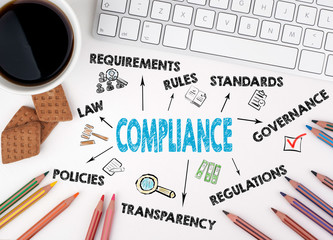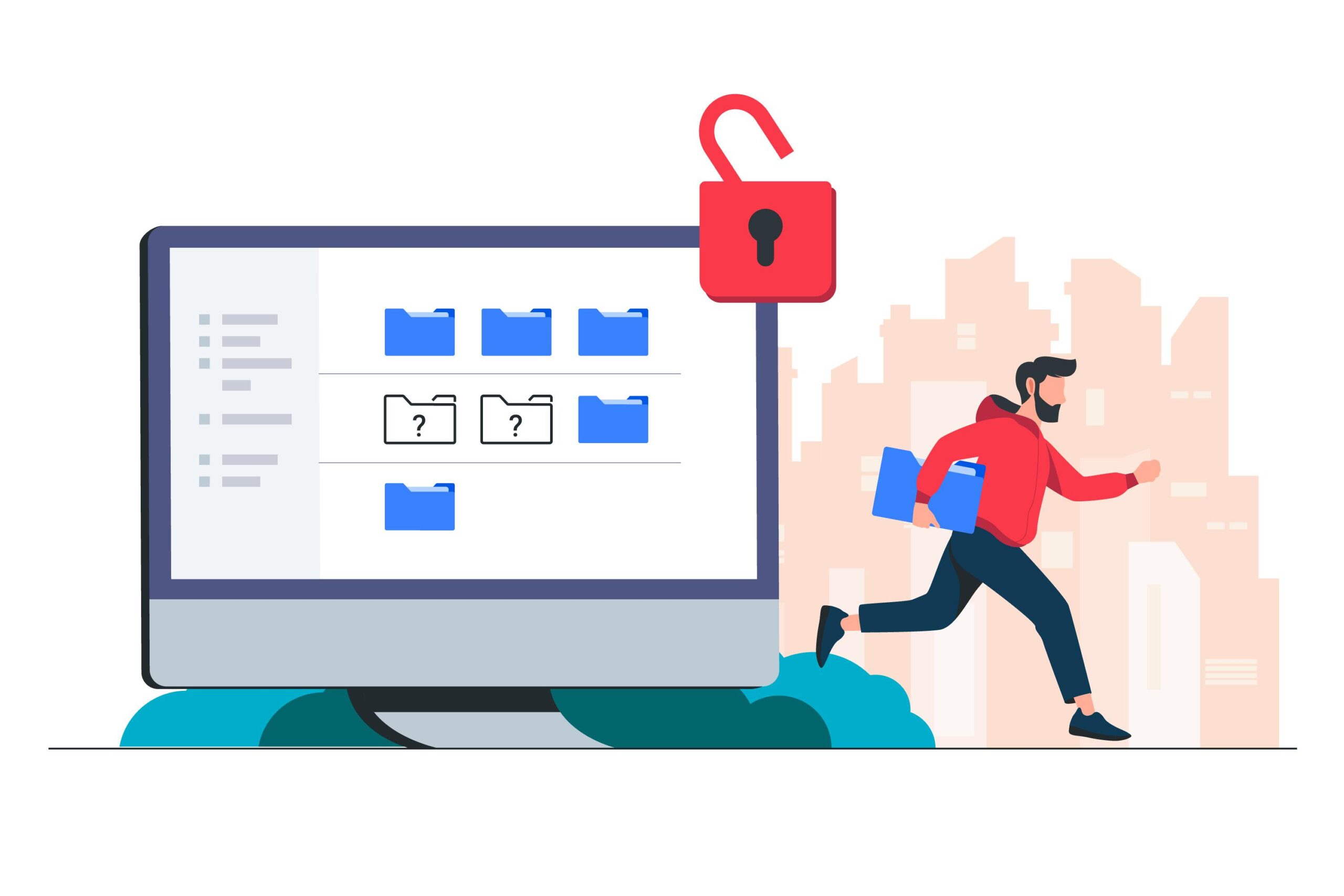Business executives worldwide today consider data a valuable strategic asset. Many executives also regard data governance as a vital instrument. It helps minimize risks while also enabling them to make data-driven decisions. But what exactly is data governance, what does it perform, and what kind of day-to-day support does it require? Providing answers to these crucial questions is important to executives.
Managing a business’ digital assets demands uniform information management across the whole organization. Data governance is a broad phrase that refers to policies and practices that define how information is maintained and used in organizations of all sizes. It establishes a framework for ensuring that critical data assets are used prudently throughout the organization.

If data management is negligent, it might hinder an organization’s ability to achieve its business objectives. At this point, the CEO monitors and guides the data governance rules and practices. Here are some circumstances in which Data Governance teams can convince executives to manage their personal information.
To Improve the Consistency and Accuracy of Data
Even while the organization’s control over payroll data is well-established and well-maintained, chaos may abound elsewhere in the organization. Many difficulties can arise as a result, including:
- Contradictory financial indicators require additional resources to reconcile discrepancies.
- Poor consumer experience resulting from out-of-date product information or prices originating from separate platforms.
- Compromised management decisions as a result of inaccuracy or lack of information
When it comes to data governance, one of its most essential components is the necessity for data to be centralized. Technological, procedural, and human resource elements all play a role in centralizing data. You provide the groundwork for efficient data management authentication and other benefits by consolidating data. Putting excellent governance in place allows you to reach a very high level of data integrity, which has a wide range of advantages throughout your organization.
To Enhance the Efficiency of a Business
It is up to the executive to decide where all of the organization’s efforts will be directed. But the only way to construct a long-term strategy is to build it on robust data governance practices. Data governance should be implemented to connect business strategy with high-level business objectives.
Without supporting measurements, techniques become vision statements. You can use data governance to ensure that the information you use is transmitted, processed, measured, and interpreted in the same way throughout your business.
To Raise Customer Satisfaction
The ability to provide a better experience to your valuable customers is the most compelling argument to seek data governance. Besides the advantages described above, the following are some other ways that data governance improves the customer experience:
Quicker response times
As a result of more effective operations, customer-facing workers may be able to reply to customers more quickly.
Increased loyalty
The ultimate purpose of data governance is to increase the level of trust and confidence in your firm, which benefits both employees and consumers alike. Loyalty is heavily influenced by the level of trust that customers have in the business.
To Increase the Level of Security
Large-scale threats are often the consequence of hackers exploiting a firewall’s weaknesses. However, many of these dangers are purely a result of poorly controlled storage or device protocols, specifically, ad hoc systems and storage methods instead of formalized data governance procedures and storage practices.
Privacy and data security breaches can be costly for a business. They can even result in regulatory fines, litigation, or other legal action. Continuous data monitoring can detect privacy data risks via tools such as Secuvy Data Discovery. Still, it’s impossible to estimate how much damage breaches could cause. Compared to the possible costs of not implementing data governance, the price is minimal.
Conclusion
Privacy workflow alignment can only be achieved by using a change management plan and employing data governance. Such an alignment is not easy to establish while implementing privacy and data security.
In order to implement automation for data subject access requests to respond within minutes rather than weeks and to reduce manual workflows and surveys, AI-driven tools like Secuvy’s Data Discovery is a great option for businesses.
Secuvy’s AI Data Discovery and Data Classification tools can automate and reduce costs for data governance. Secuvy platform reduces the amount of time, money, and efforts via AI driven automation for sensitive data governance.



